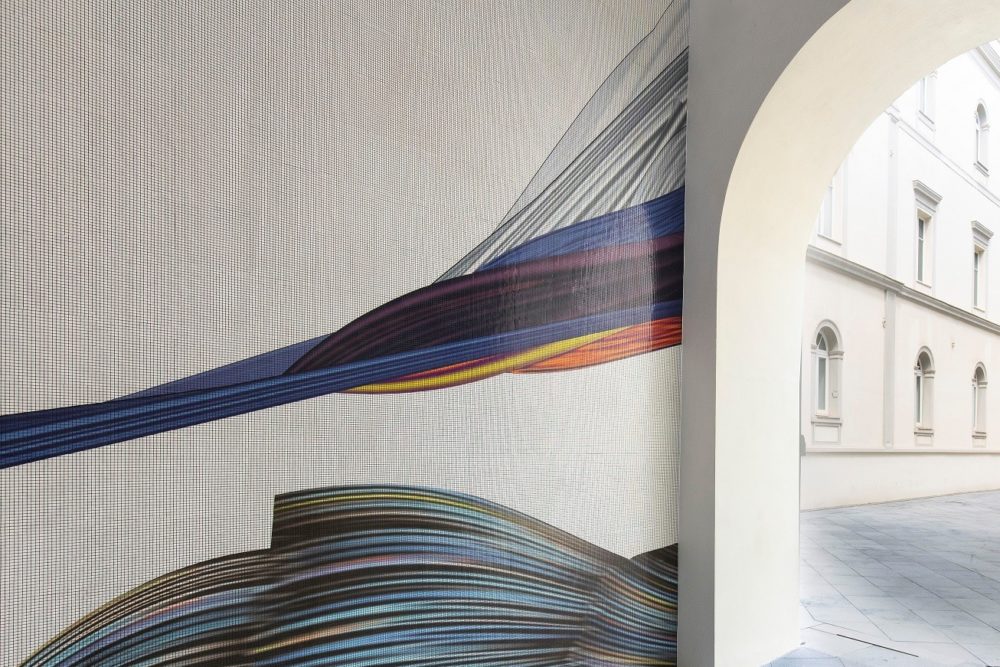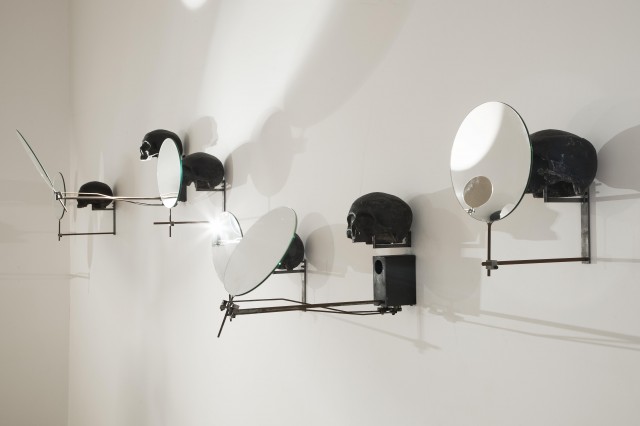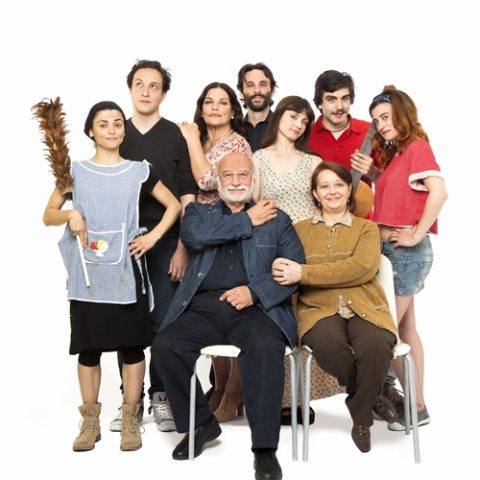With its roots in the origins of the Arte Povera movement, the artistic research of Giuseppe Penone (Garessio, 1947) explores empirically the articulated ancestral dialogue between the human body and other living organisms, such as trees and plants, or river water, investigating natural growth processes in relation to human intervention, developing evocative forms of co-existence and comity between different forms of life and knowledge, narrowing the threshold that separates the sphere of art from the experience of nature.
The body and nature are interpreted as biological entities, studied in a reciprocal relation of admixture, and the various modes of this relation become, in the artist’s poetic, originating moments of a sculptural practice that often reveals (as in the actions underlying the Alpes-Maritimes photographic series, 1968) hidden or invisible natural processes such as growth, respiration, erosion, change.
Many of Penone’s works arise from direct contact between the artist’s body, his intervention, and the material: in the sculptures of wooden beams in which the artist rediscovers the form of the tree, caught at a given moment of its natural life (a constant theme of Penone’s work), from which the beams have been taken. Or in Soffi (“Breaths”) (1978), terracotta sculptures, like a vase, bearing the imprint of the body and the artist’s mouth, visualizing the form taken by the action of blowing into the material.
The same principle governs Soffi di foglie (“Breaths of Leaves”) (from 1979), whose hollow renders the imprint of the artist and the air on them. Sometimes parts of the body, isolated and monumentalized, are presented in their function as a link between man and his surroundings (Unghia, “Fingernail”, 1987; Suture, “Sutures”, 1987-1991; Cervello di pietre, “Brain of Stones”, 2003-2007).
At other times the artist emphasizes the profound similarities between the plant, mineral and human worlds (Essere fiume, “Being a River”, 1981; Biforcazione, “Bifurcation”, 1991; Respirare l’ombra, “Breathing the Shade”, 1998), with the object of exalting the unconscious creative powers of e nature and inverting the balance between man and the environment (it is not nature that imitates art, but the art that acquires, in an unceasing dialogue, the identity of nature). The plastic vocabulary of these works aims to re-establish a symbiosis with nature in both material and theoretical terms by linking what is made by man and what is the result of natural processes, reconciling the usually antithetical concepts of “artifact” and “natural.”
The search for a bridge between these two concepts is reflected in the use of the cast and the imprint. The probing of the possibilities man has to interact with nature and modify it is the basis for some performative works by the artist, including his own eyes: Rovesciare i propri occhi (“Reversing One’s Own Eyes”, 1970), in which he wears mirror contact lenses that reflect what his eyes would see, or Pressione (“Pressure”) in which the imprints of the artist’s body are projected into the room (in 1974 on the walls of his own home and in 1977 on the walls of the Luzern Kunstmuseum).
To these years, and the same ideational and speculative principle, belongs Barra d’aria (“Bar of Air”): a glass parallelepiped placed between the interior and exterior of a window of the exhibition space, through which the passage of air stimulates a different perception, freer and suspended, of the room the work is set in. The air contained in it becomes a constituent material of the work itself, to which the artist attributes an automatically sculptural value.
Due to its compositional and installational morphology, the work connects interior and exterior, inside and outside, ultimately creating a link between the separate space of the museum and the open dimension of life that comes from outside and seeps within, bearing sensory influences and material traces. The work literally creates an exchange of air, an osmotic exchange, as metaphorical as it is physical, between two opposites, which the artist constantly leads to confront each other, placed in a reciprocal dialogue, confused and therefore united in his works.
EV



